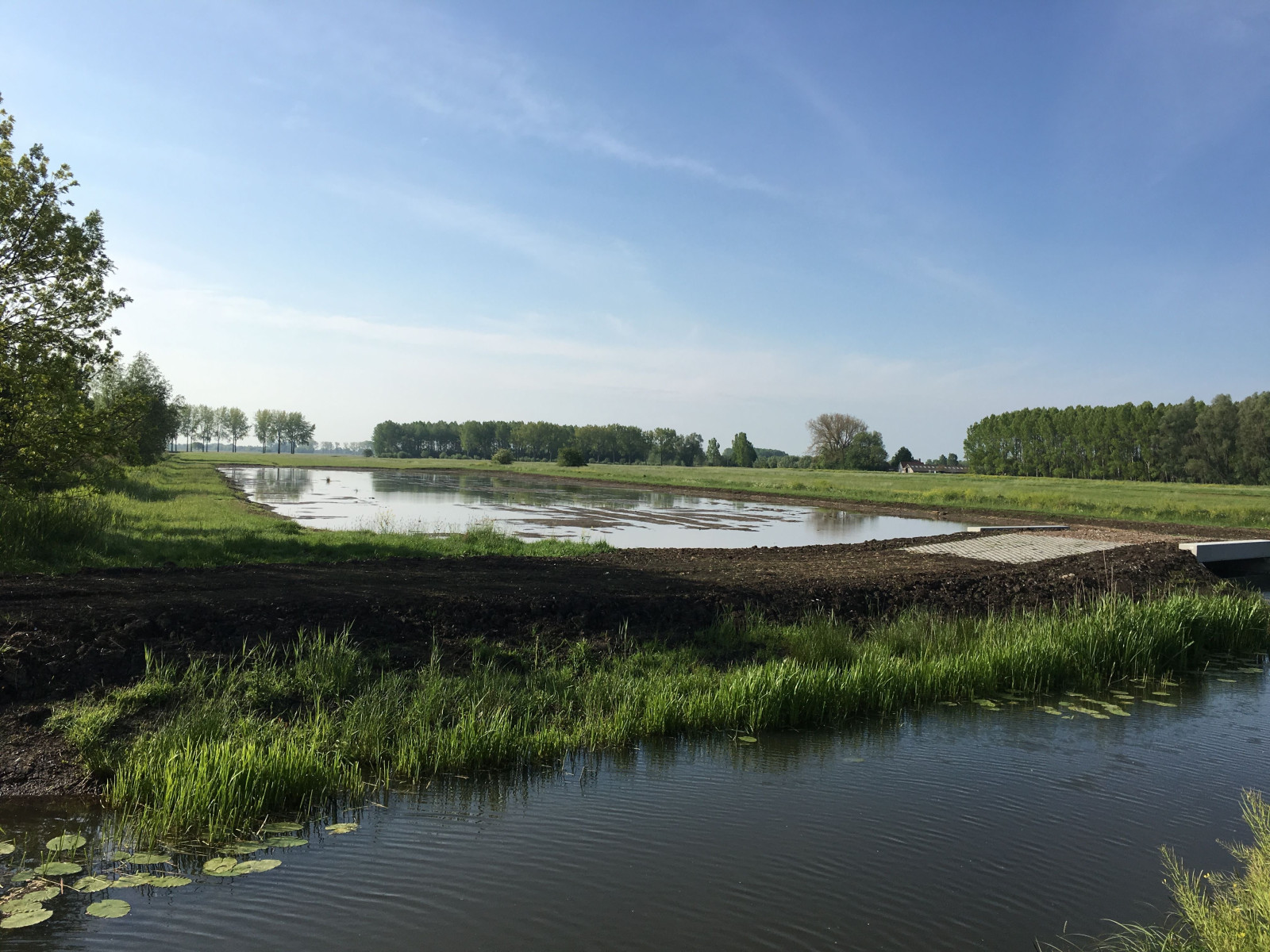Beschreibung
Located South of Culemborg near the small village of Tricht, the "Nieuwe Hoeven" is a fairly small area consisting of a semi open landscape with pastures and damp meadows, surrounded by forests. Small reedbeds are located on the eastern side of the area. Especially in Spring and during migration in both Spring and Autumn, many species of songbird and wader can be seen here.
The fairly wet meadows are a great spot for species like Kiebitz, Rotschenkel and Uferschnepfe. Rohrweihe can often be seen hunting above these pastures. Some parts of the area are very wet, which make them a great spot for migrating waders, like Waldwasserläufer and Grünschenkel. Multiple pairs of Flußregenpfeifer can be seen here. Besides waders, it's a great spot for observing Bergpieper.
The small reedbeds on the eastern side of the area are a good spot for Rohrammer, Blaukehlchen and Teichrohrsänger. Sometimes Wasserralle can be heard too and, with a bit of luck, a Tüpfelsumpfhuhn shows up.
The area is also great for foraging Weißstorch and in winter, fairly large numbers of Silberreiher and geese can be seen here too.
Details
Zugang
The area is easy accessable due to the broad gravel road that leads through the area. There's a parking spot on the eastern side of the area.


